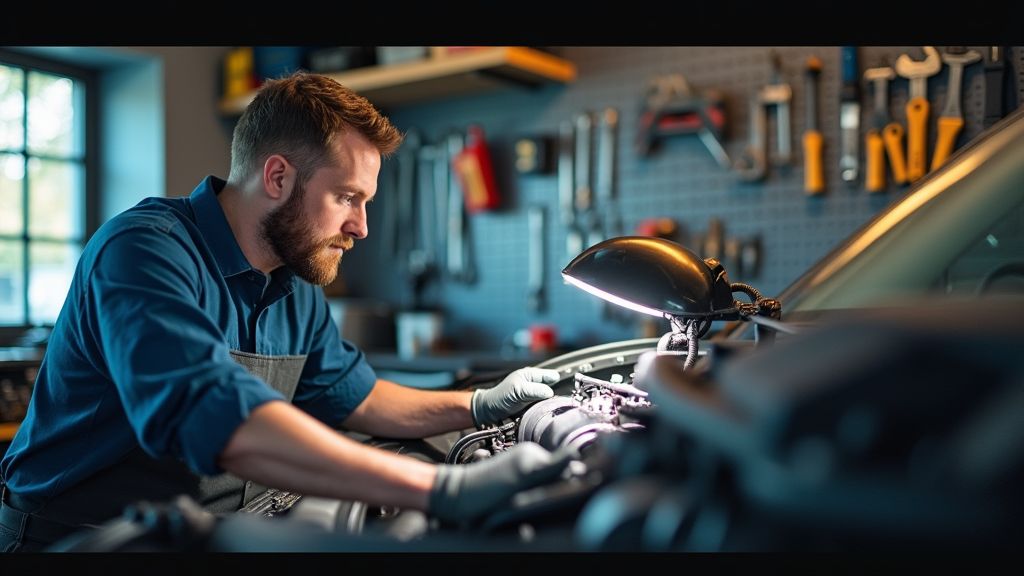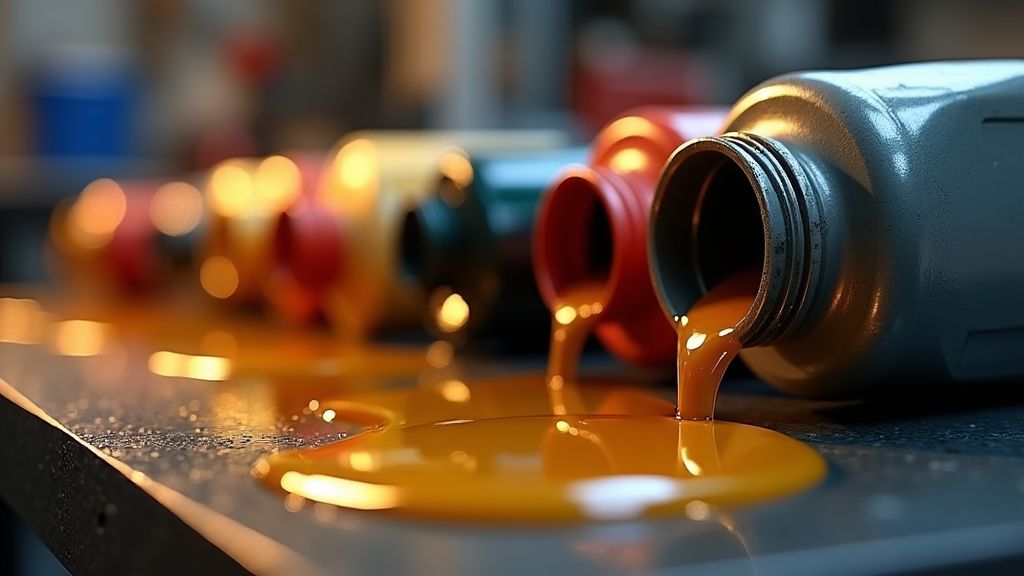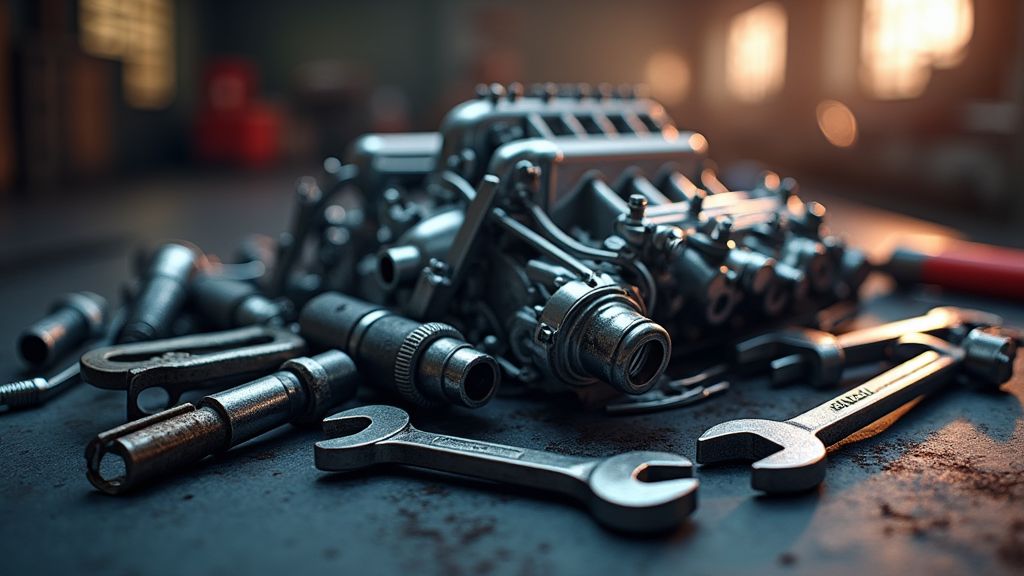How to Stay on Top of Routine Car Maintenance Tasks
Maintaining your vehicle is crucial for ensuring its longevity and optimal performance. By staying on top of routine car maintenance tasks, you can avoid costly repairs and breakdowns, keeping your car in top condition for years to come. In this article, we will provide you with a comprehensive guide on how to effectively manage and prioritize your car’s maintenance needs.
Schedule Regular Check-ups
One of the most important aspects of car maintenance is adhering to a regular schedule of check-ups and inspections. Experts recommend that you should get your oil changed every 3,000 to 5,000 miles, depending on the type of oil used in your car. Additionally, it’s crucial to regularly check your tire pressure, fluid levels, and brakes to ensure everything is in optimal condition.
Keep Track of Mileage and Dates
To effectively manage your car maintenance schedule, it’s essential to keep track of your mileage and the dates of your last service. By maintaining a detailed record of when specific tasks were completed, you can easily stay organized and ensure that no maintenance tasks slip through the cracks. Consider setting up reminders on your phone or calendar to alert you when it’s time for your next service.
Address Issues Promptly
If you notice any unusual noises, vibrations, or warning lights in your car, it’s crucial to address these issues promptly. Ignoring minor problems can lead to more significant and costly repairs down the line. Taking your car to a trusted mechanic for a thorough inspection can help identify and resolve any issues before they escalate.
The Importance of Regular Maintenance
Regular car maintenance is not just about keeping your vehicle running smoothly; it’s also a matter of safety. Properly inflated tires, functioning brakes, and clean fluids all play a crucial role in ensuring your safety on the road. By staying on top of routine maintenance tasks, you can reduce the risk of accidents and breakdowns, keeping yourself and others safe while driving.
Inspect Belts and Hoses
Belts and hoses are essential components that keep your car’s engine running smoothly. Over time, these parts can become worn, cracked, or frayed, which can lead to overheating, battery failure, or other serious issues. Make it a point to inspect your belts and hoses during each maintenance check-up and replace any worn parts to avoid unexpected breakdowns.
Rotate and Balance Tires
Rotating and balancing your tires regularly can help extend their lifespan and ensure even wear. Tire rotation helps to balance out tread wear, which can improve your car’s handling and fuel efficiency. It’s generally recommended to rotate your tires every 6,000 to 8,000 miles, but always refer to your vehicle’s manual for specific guidance.
Replace Wiper Blades Annually
Clear visibility is crucial for safe driving, especially in adverse weather conditions. Wiper blades should ideally be replaced at least once a year, or more frequently if you notice streaking or skipping. New blades ensure that you can effectively clear rain, snow, or debris from your windshield, enhancing your overall driving safety.
Check Battery Health
A well-maintained battery is essential for reliable car performance. Routinely inspect your battery terminals for signs of corrosion and ensure the connections are secure. Many auto parts stores and service centers offer free battery testing, which can help you monitor your battery’s health and replace it before it fails unexpectedly.













